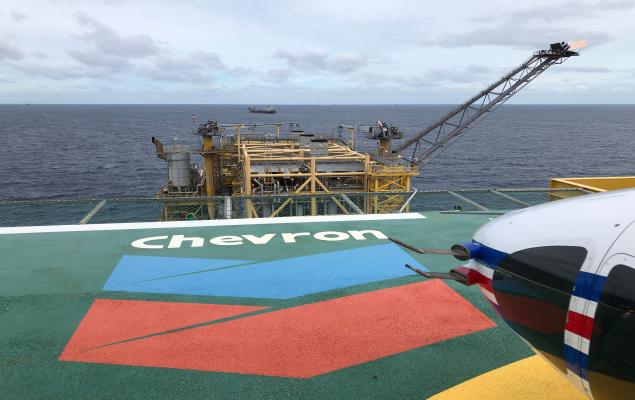NASA's SLS Launch Tower Costs Soar to £2.2 Billion: A Costly Gamble on Artemis IV

NASA's woes with the mobile launch tower for its Space Launch System (SLS) rocket continue to escalate, with a recent report revealing staggering cost overruns. The tower, taller than a football pitch, is now estimated to cost a whopping £2.2 billion, almost double the original budget and a staggering sum for a structure barely larger than the world's tallest building, the Burj Khalifa.
Just five years ago, NASA awarded Bechtel, a leading engineering firm, a £300 million contract to build the second mobile launcher (ML-2) with a completion date of March 2023. However, delays have plagued the project, leaving Bechtel barely scratching the surface of construction.
NASA currently estimates the project cost to be £1.4 billion with a revised completion date of September 2027. However, the latest report from NASA's Inspector General, published on Monday, casts serious doubt on this optimistic timeline. The report highlights the substantial amount of work remaining and warns that the true cost could be even higher.
The construction of the launch tower was commissioned by Congress to support a larger version of the SLS rocket, known as Block 1B, for the ambitious Artemis IV mission. This mission aims to deliver both a crewed Orion spacecraft and a Lunar Gateway element into lunar orbit, marking the second human landing on the Moon.
While NASA's initial goal was an Artemis IV launch in 2028, the report acknowledges the near-impossibility of meeting this deadline. The ML-2 tower would need to be completed by November 2026, a target that even NASA admits is unattainable. Consequently, any Artemis IV launch using the upgraded SLS rocket will likely be pushed back to mid-2029 at the earliest.
The report attributes the spiralling costs and delays to Bechtel's persistent underestimation of the project's scope and complexity. The engineering firm significantly underestimated the required labour hours, leading to a doubling of estimated overtime hours to almost 850,000. This reflects Bechtel's struggle to meet NASA's ambitious schedule goals.
A significant concern highlighted by the report is NASA's limited leverage over Bechtel due to the cost-plus contracting mechanism. This arrangement grants NASA minimal control over the contractor beyond withholding award fees. The report also notes NASA's reluctance to switch to a fixed-price contract, a move that could bring greater cost certainty but also potentially lead to a bid significantly exceeding NASA's budgetary capacity.
The soaring cost of the mobile launch tower has previously sparked frustration from NASA Administrator Bill Nelson. In 2022, he openly criticised the cost-plus mechanism, advocating for a fixed-price approach to achieve greater efficiency and cost savings. However, the current situation highlights the continued challenges of this contracting model.
This latest report serves as a sobering reminder of the complexities and financial risks associated with large-scale space exploration projects. While the Artemis Program aims to push the boundaries of human spaceflight, the spiralling cost of the mobile launch tower raises questions about the long-term viability and affordability of ambitious space exploration goals.





